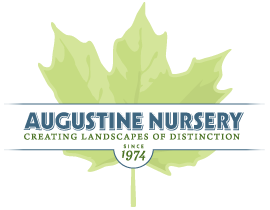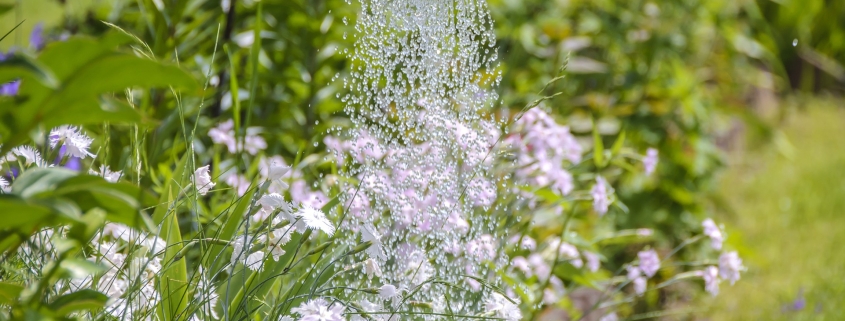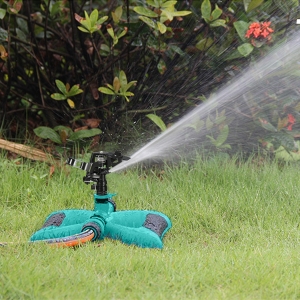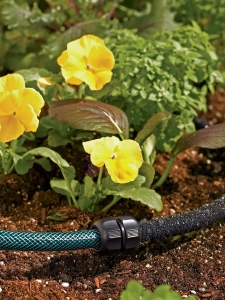Best Ways to Water
You’d think watering your lawn and landscape plantings would be a no-brainer – just point the hose and squeeze. But, there are issues to consider such as the health of your landscape, water bills, and conservation of resources.
Best Time to Water
The absolute best time to water your lawn, shrubs, flowers, and vegetables in in the early morning, before 10 am. Cooler temperatures help keep evaporation to a minimum, keeps plantings cooler during the hotter parts of the day, and allows plants to dry slowly, minimizing the risk of fungus. When watering shrubs, flowers, and vegetables, aim for the roots.
Best Amount to Water
Water your plantings long enough to moisten the soil six inches down. Six inches is a depth that encourages good root growth. Water deeply, less often. If it rained recently, you can water less.
Best Sprinklers
For watering grass, built-in irrigation systems make the most sense but are an investment. For those who choose sprinklers, a pulsating, not oscillating sprinkler is best as they shoot water out horizontally at a high velocity making the spray less vulnerable to wind and evaporation. The only exception is when you’ve newly seeded your lawn. At this time, the strength of pulsating sprinklers can push your seed around.
If watering shrubs and flowers, soaker or weeping hoses (any kind of drip irrigation system) is ideal as it puts water directly at the roots and saves water.
Best Practices
The U.S. EPA reports that as much as 50% of the water we use outdoors is wasted because of inefficient watering methods and systems. If you have questions on the amount and type of watering the different plants in your yard need, you can count on Augustine to answer your questions. Here are a few general rules:
Trees and Native Plants – Many do well with only rainwater. This does not apply, however, to newly planted items.
Grass – Grass does not necessarily need watering. If you choose not to water your grass, it might become brown for several months buy will green up again in cooler temperatures.
Non-Native Flower & Vegetable Beds – These should be watered in the hottest driest months. Water one inch per week, minus rainfall. A layer of mulch will help reduce evaporation, keeping your plants moister longer.
Collecting rain water in rain barrels or cisterns is a great way to harvest rain water for irrigation. Many allow you to attach a soaker hose.
To learn more about caring for your landscape during the hot, summer months, read Preparing Your Lawn for the Dog Days of Summer.







